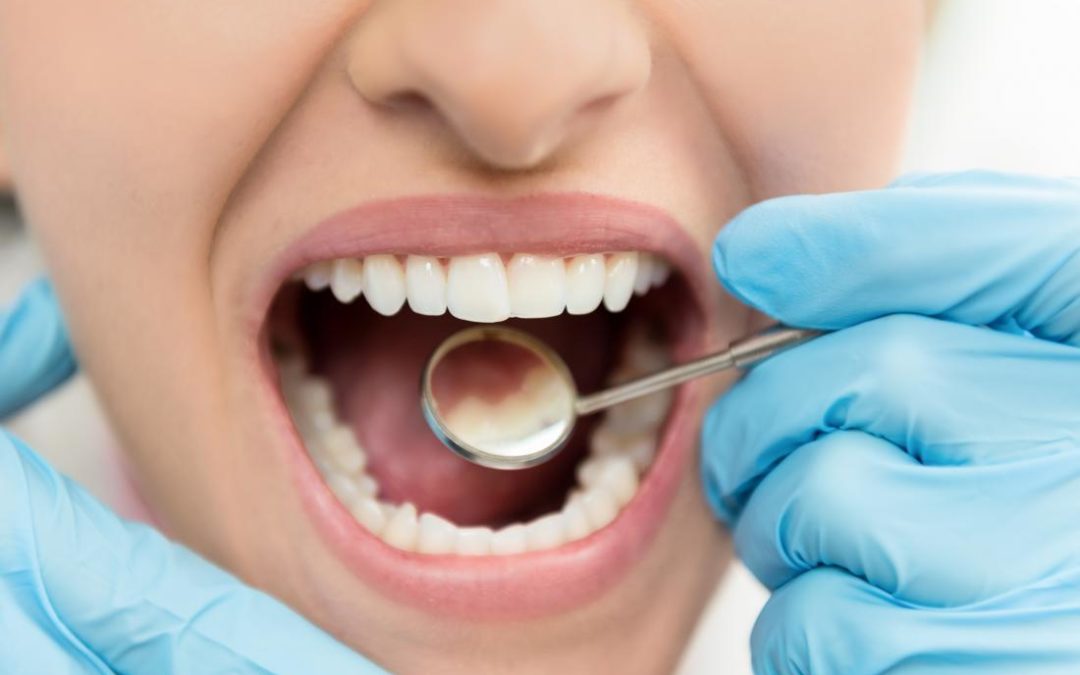Believe it or not, according to the National Institute of Dental and Craniofacial Research (NIDCR), 92% of American adults aged 20 to 64 have had cavities in their permanent teeth, and 26% of them currently have untreated dental decay. But not all cavities are the same, and dental professionals use a specific classification system to assess them. In fact, there are six classes of cavities based on the tooth type and the location of the decay, as well as four classifications that describe the severity of decay.
Cavity Classification System
Classifying cavities began over 100 years ago, when Dr. G.V. Black, an American dentist, developed a system that is still used by dentists today.
Class I
This describes tooth decay that occurs on tooth surfaces your dentist can see easily. This category includes cavities on the chewing surfaces of the back teeth, such as your molars and premolars, and decay on either the front or back surfaces of the front teeth.
Class II
These cavities occur on the surfaces between the molars and premolars and are not visible to the human eye.
Class III
This decay occurs on the surfaces between the front teeth, but it does not involve the cutting edges of the teeth. Similar to Class II, this classification of decay is not visible.
Class IV
This decay also occurs on the surfaces between the front teeth, but it involves the cutting edges of the teeth.
Class V
These cavities appear on the front or back of either front or back teeth, near the gumline.
Class VI
This decay is found on the top surfaces of the teeth, either the incisal edges of front teeth or on the cusp tips of back teeth.
When you see your dentist for a checkup, they will use instruments to help detect soft spots on your teeth that are visible to the eye. But to diagnose the stages of decay between your teeth, your dentist will need current X-rays or take new X-rays, which can show where a cavity might be starting and how far it has advanced, explains the American Dental Association (ADA).
Determining Severity of Decay
Depending on its extent, decay is classified as incipient, moderate, advanced or severe. But to understand these categories, it helps to know a bit about tooth anatomy. The outer layer of a tooth is made up of calcified enamel that protects the softer inner portion of the tooth called dentin. Inside the dentin is the pulp chamber, which is the innermost layer that consists of nerves, blood vessels and connective tissue.
Using Dr. G.V. Black’s system, dentists evaluate tooth decay based on how far the damage has penetrated these layers of tissue:
Incipient
These cavities have gone less than halfway through the tooth’s enamel.
Moderate
These cavities go more than halfway through the enamel, but don’t yet reach the dentinoenamel junction (DEJ), which is the boundary where the enamel meets the dentin.
Advanced
These cavities go through the DEJ, but go less than half the distance to the pulp chamber.
Severe
This decay penetrates through the enamel and the dentin and goes more than half the distance to the pulp.
Early detection and treatment of decay with fillings can prevent more serious complications or tooth loss in the future.
Preventing Cavities
Although the NIDCR states that tooth decay is the most common chronic disease among children and adults, it’s important to remember that it is preventable. If you want to prevent decay, here is what you and your family should do, according to the ADA:
- Brush your teeth twice a day with fluoride toothpaste, and floss at least once a day.
- See your dentist twice a year for checkups and regular cleanings.
- Swap out sugary foods and snacks with more nutritious, balanced choices.
- Ask your dentist about supplemental fluoride treatments.
Now that you are familiar with the classes of cavities, you can feel somewhat relieved if your dentist says you have a Class I incipient cavity as opposed to Class III severe decay. However, the real music to your ears is when your dentist says, “No cavities, good job!”
If you would like additional information or if it’s time for your to schedule an appointment with your Paducah Dentist, give us a call at Johnson Family Dental in Paducah at (270) 554-2432 or stop by our office located at 2913 Lone Oak Rd, Paducah, KY 42003.
